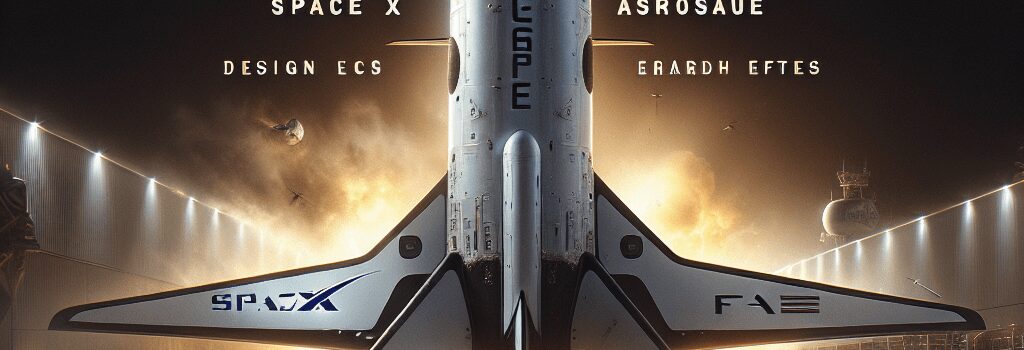FAA Expands Hazard Zones for SpaceX Starship Flight 9

Overview
The Federal Aviation Administration (FAA) has granted SpaceX authorization to conduct its ninth full-scale Starship test flight, known as Flight 9, as early as the week of May 27, 2025. In response to two recent Block 2 failures, the agency is enlarging aircraft and maritime hazard areas across the Gulf of Mexico, the Bahamas, and the Turks and Caicos Islands.
Flight Profile and Objectives
Flight 9 will replicate the ambitious trajectory of earlier tests, aiming for:
- Liftoff from Starbase, Texas, with a 404-ft (123.1 m) Super Heavy booster and Block 2 Starship stack.
- An apogee above 100 miles (160 km) altitude, halfway around the globe into the Indian Ocean.
- Controlled splashdown northwest of Australia approximately one hour after liftoff.
Key technical objectives include:
- Heat shield validation: New ceramic-matrix composite tiles rated to withstand >1,600 °C during reentry.
- Flap and attitude control: Redesigned titanium-alloy actuators for 20% higher torque and improved aerodynamic stability.
- Propellant management: Enlarged LOX and methane tanks with reinforced feed lines to reduce slosh and prevent aft-compartment leaks.
Regulatory Coordination and International Airspace
Based on an updated Flight Safety Analysis, the FAA has expanded the air hazard corridor from 885 to 1,600 nautical miles eastward, affecting over 70 established routes and an estimated 175 flights. Notices to Air Missions (NOTAMs) now include:
- Extended closures over Gulf of Mexico and the Straits of Florida.
- Coordination with aviation authorities in the United Kingdom, Mexico, Cuba, the Bahamas, and Turks and Caicos.
- Launch windows restricted to non-peak traffic hours to mitigate commercial flight delays (average ~40 minutes, up to 2 hours).
“Our priority remains public safety,” said an FAA spokesperson. “We’ll verify SpaceX implements all corrective actions from previous mishaps before clearing Flight 9.”
Technical Deep Dive into Block 2 Upgrades
Since its April 2023 debut, Starship has evolved through iterative hardware improvements. Block 2 features:
- Super Heavy reuse: Booster SN35 underwent a static fire on May 8, demonstrating qualification for a second flight.
- Raptor engine enhancements: Six Raptor 2 engines on the ship stage delivering 230 tonnes thrust each, now with improved turbopump seals and 3D-printed injectors for higher combustion stability.
- Vibration damping: New hydraulic dampers in the aft structure to prevent the fuel-line chafing that led to January’s leaks.
“The updated heat-resistant tiles and structural reinforcements are the culmination of months of materials research and high-fidelity CFD modeling,” explained Dr. Maya Gomez, aerospace materials expert at the University of Washington.
Flight Safety Analysis Methodology
The FAA’s risk assessment integrates:
- Historical reliability data: including two Block 2 failures raising the probability of anomaly by ~15%.
- Population exposure modeling: evaluating debris footprint over land and sea.
- Debris propagation simulations: using 6-DOF (degree-of-freedom) trajectory analysis under variable wind and reentry heating.
Future Launch Cadence and Industry Impact
With FAA approval to increase Starship frequency from 5 to 25 flights per year, successful Flight 9 is critical. Higher launch rates will:
- Enable NASA’s Artemis lunar landing campaign using Starship HLS.
- Accelerate commercial satellite deployment with large payload fairings.
- Drive down unit costs through rapid reusability and economies of scale.
“Once Starship proves reliable, we’ll see a paradigm shift in deep-space access and terrestrial logistics,” predicts industry analyst Javier Rodríguez of Orbital Insight.
Launch Preparations and Weather Outlook
Final integration steps include stacking the Super Heavy booster and upper stage on the orbital launch mount. Meteorologists at the National Weather Service forecast a 30% chance of isolated showers and thunderstorms, a key factor for launch commit criteria.
Conclusion
Flight 9 represents a pivotal next step for SpaceX’s vision of Mars colonization and lunar exploration. The expanded FAA hazard areas underscore the balance of ambition and safety in the era of mega-rocket development.